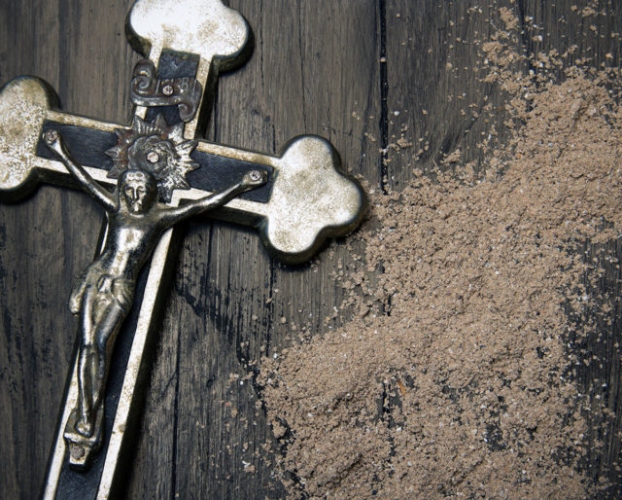Ash Wednesday is the first day in the season of Lent, which is a 40-day period (excluding Sundays) of prayer, abstinence and fasting

BY FR APOLLO CARDOZO S J
Ash Wednesday is the first day in the season of Lent, which is a 40-day period (excluding Sundays) of prayer, abstinence and fasting. The day is also known as the ‘Day of Ashes.’ It is so called as on this day the faithful in Goa and across the world usually have their foreheads marked with the ashes in the shape of a cross. The ashes used on Ash Wednesday are obtained by burning the blessed palms used on the previous Palm Sunday.
Ash Wednesday is an obligatory day of fasting and abstinence, where only one full meal and no meat are to be consumed. However, children and the elderly are exempted from the fast.
ORIGIN
The use of ashes in liturgy can be traced to the Old Testament times, when it served dual purpose. It served as a sign of humility and mortality and also as a sign of sorrow and repentance for sins.
We have a number of references in the Bible on the use of ashes. The early Church also introduced the usage of ashes for the same symbolic reasons. Ashes were used on those who had been separated from the church because of their serious sins and had a desire to be re-admitted into the fellowship of the Church. These were sprinkled with ashes and given rough garments to wear as a sign of sorrow for their sins and their commitment to seek renewal in Christian life through this Lenten season.
During the papacy of St Gregory the Great, the practice was further expanded and is mentioned in the sixth-century Gregorian Sacramentary. Around the end of the tenth century, the above customs gradually disappeared; instead, people conducted the practice of sprinkling ashes on all faithful to show solidarity with the sinners.
This same rite of distributing ashes on the Wednesday that begins Lent was recommended by Pope Urban II at the Synod of Benevento in 1091 for universal use.
SIGNIFICANCE
Ash Wednesday is not a holy day of obligation, yet it is one of those days when churches are packed.
Initially, people sprinkled ashes in the form of a cross on men’s heads, while with women they marked the cross on their forehead. Now they are applied on the forehead for both men and women.
RITUAL
At the Eucharistic celebrations, the priest, after the breaking the Word of God, blesses the ashes and then applies them on the forehead of the faithful in the shape of a Cross, and while doing so he says the following, ‘Remember, you are dust and unto dust you will return,’ or he may say, ‘Repent and believe the gospel.’
In doing so, the priest reminds the faithful of their mortality that they are made of dust and unto this dust they will return.
This has reference to the creation of Adam in the book of Genesis, ‘Then the Lord God formed a man from the dust of the ground.’ When a human corpse decomposes, it returns to dust or ash. The priest also reminds the faithful of the need to show repentance and mourn for his sins.
This year, due to the prevailing Covid-19 conditions in the State, the faithful will not be able to participate in the Eucharist on Ash Wednesday and will not receive ashes on their foreheads.
The Diocesan Centre for Liturgy in the archdiocese has given directives as to how the blessed ashes can reach individual homes and so too, the procedure of applying them on the foreheads.
(The writer is former director of Thomas Stephens Konknni Kendr at Porvorim)